Welcome to The Spinoff Books Confessional, in which we get to know the reading habits of Aotearoa writers, and guests. This week: Kimberly Andrews, author of new picture book Giraffe the Gardener.
The book I wish I’d written
The Skull is Jon Klassen’s wonderfully noir adaptation of a traditional Tyrolean folktale. I not only wish I had written this book, but also illustrated it and designed it. The writing is characteristically Klassen – sparse, funny and alluring. The illustrations are atmospheric and dark. The paper and cover are matte, and the shape of the book hints at a real chapter book, but can actually be devoured in 10 minutes.
The first line is so good. Jon begins the tale: “One night, in the middle of the night, while everyone else was asleep, Otilla finally ran away.” By using the word “finally”, we are immediately thrown into Otilla’s journey.
Having test-read it, I approached the first bedtime reading with trepidation. I made sure my reading voice was cheerful and upbeat, especially as the terrifying headless skeleton is demanding “Give me that SKULL, I WANT THAT SKULL.”
But, as is usual for a Klassen book, it was a hit. Both girls now insist on me using my spooky kingly voice, and The Skull has been a bedtime favourite ever since.
Everyone should read
I have read most of computer scientist Cal Newport’s books, and Slow Productivity is my favourite. The three principles of this book are simple and concise:
1. Do fewer things
2. Work at a natural pace
3. Obsess over quality
Since reading this book and sitting with Cal’s ideas for a few years, I have a much “slower”, sustainable and less stressful life. I continue to reference this book regularly, and am constantly recommending it.
I also think that everyone should read The Rights of the Reader by Daniel Pennac, illustrated by Quentin Blake. This is a short and beautiful book, full of gems of wisdom. He so beautifully captures the intimacy of reading to our children at the end of the day and the importance of the bedtime story. He also writes about the immense loss of being read to, simply because a school-age child learns to read themselves. In the latter part he lists 10 rights of the reader:
1. The right not to read
2. The right to skip
3. The right to not finish a book
4. The right to read it again
5. The right to read anything
6. The right to mistake a book for real life
7. The right to read anywhere
8. The right to dip in
9, The right to read out loud
10. The right to be quiet
I snapped up a copy that was “set free” from Hutt City Libraries and know that I will be reading this one again and again.
The book I want to be buried with
Entangled Life by Merlin Sheldrake. I have a growing fascination with fungi and am particularly interested in how they may shape our future – from building mycelium-based furniture and houses, to food creation, and breaking down toxic substances.
I have only read half of this book, but for one reason or another, I didn’t finish it. If I am to be buried, then it seems fitting that I absorb the second half of the book, while I, too, am being absorbed by mycelium and fungi.
The first book I remember reading by myself
I have distinct memories of sitting in front of the fire on cold school mornings, reading Danny, Champion of the World (I remember the cover, illustrated by Jenny Blake and not Quentin Blake). Although I don’t remember much about the book, I do remember having that first true feeling of what reading can be. I was completely absorbed. That is a feeling that I treasure, and one that I am sure Dahl’s books have given many others over the years.
The book that made me cry
I read Hamnet by Maggie O’Farrell while away camping this summer. I had been putting off reading this book for years because of the description I had often heard: “It’s a book about the grief of losing a child.” There never seemed to be a great time to dive into the world of a grieving mother.
However O’Farrell’s portrayal of the life of Hamnet, Shakespeare’s son, who died at age 11, is beautiful, rich and absorbing. I enjoyed the way Shakespeare is never named, instead allowing the book to focus on Agnes (Anne Hathaway) and her children, and how hard life must have been when he left for London. I cried throughout this book, and truly sobbed at the harrowing description of Agnes preparing her son’s body after he died. This is a book that will stay with me.
The book I wish would be adapted for film or TV
The Appeal by Janice Hallett is a murder mystery written in an epistolary style – told through email, texts and Whatsapp messages. As a murder mystery lover, I loved this fresh take on the format, and would be excited to see it adapted for TV.
Hallett actually began this project as a screenplay, but then it morphed into a novel. I have loved the adaptations of Anthony Horowitz’s Magpie Murders and Moonflower Murders which play cleverly with timeline and structure. The Appeal could have a similar novelty, and I would love to see how the messages and emails might be incorporated into the screenplay.
Encounter with an author
At a book evening here in Wellington in 2012, I had the opportunity to ask Oliver Jeffers (a picture book hero of mine) about his opinion on publishers’ submission guidelines – there seemed to be strong advice that you shouldn’t submit manuscripts with illustrations, but I was an illustrator and a writer. He replied that he sent his first story, fully illustrated and bound, directly to a publisher and was almost immediately published (How to Catch a Star, 2004). He has never known any other way of publishing. It was this matter-of-fact reply that gave me the “permission” to follow my gut, and submit my illustrated manuscripts. A few years later Puffin the Architect (2018) had been accepted by Penguin Random House NZ.
Greatest New Zealand book
Ash by Louise Wallace. I love Louise’s poetry collections, and even had the honour of illustrating the cover of Bad Things, 2017. Her debut novel hit home for me with the story focussing on motherhood, the juggle of work and society’s expectations, all set at a time of unease and worry. The formatting of the book is inventive and powerful – poetry spliced within the narrative, bringing us into the main character’s mental state.
Best place to read
I’ve had a few memorable reading nooks. I worked in a tiny bookshop at a fancy ski hotel in Canada for a winter season, and I would often be able to read a whole book in my 12-hour shifts – it wasn’t the busiest job! While living in London, I read in the British Library, surrounded by some of the most treasured books in English history. But the best place to read has to be in bed. Whether that be snuggled up in my daughter’s bed sharing a story, or with a coffee in mine.
And I cannot forget Daniel Pennac’s right number seven: “The right to read anywhere.”
What are you reading right now
I have just finished The Midnight Feast by Lucy Foley, and I am currently reading Auē by Becky Manawatu. I also have an audiobook on the go while I’m illustrating – The Inugami Curse, which is the fourth book in the Detective Kosuke Kindaichi series by Japanese Golden Age detective writer Seishi Yokomizo.
Giraffe the Gardener by Kimberly Andrews ($21, Puffin NZ) is available to purchase through Unity Books.







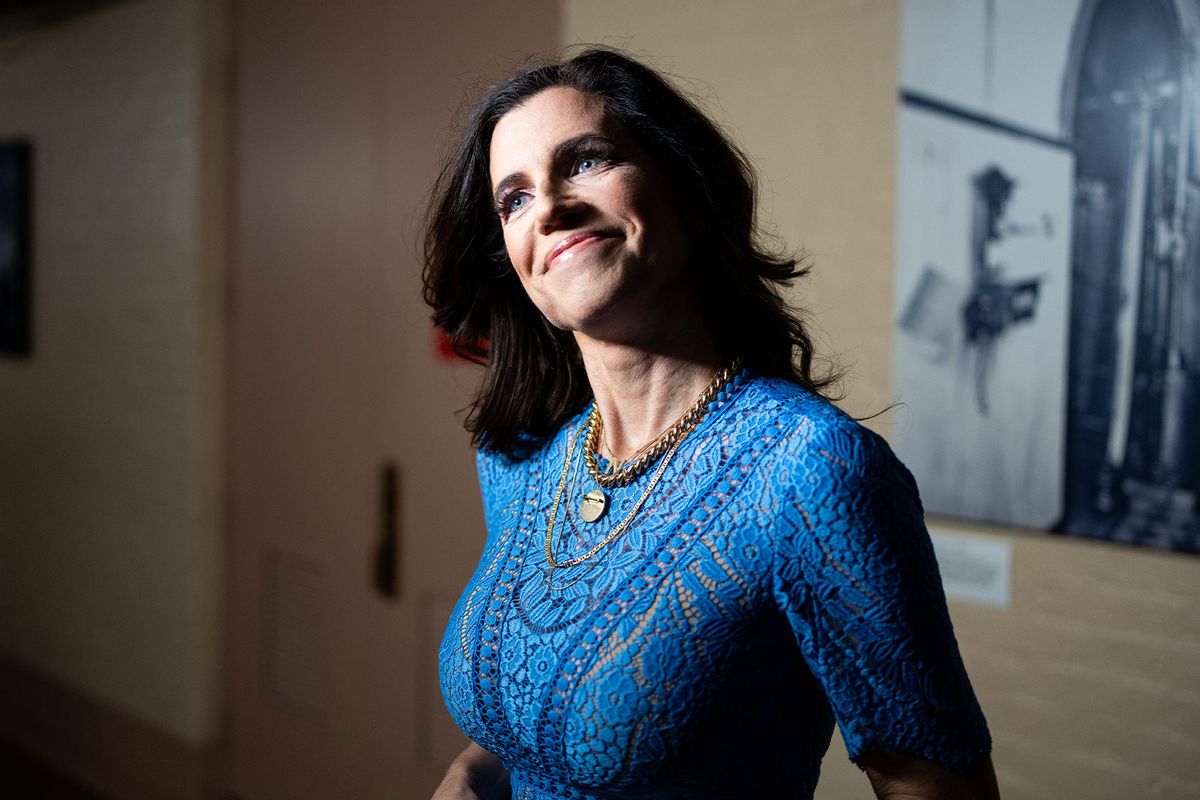


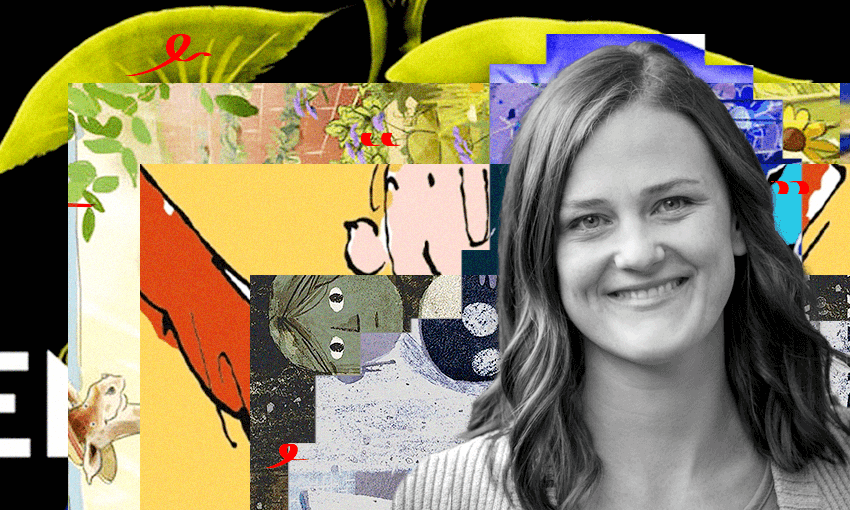
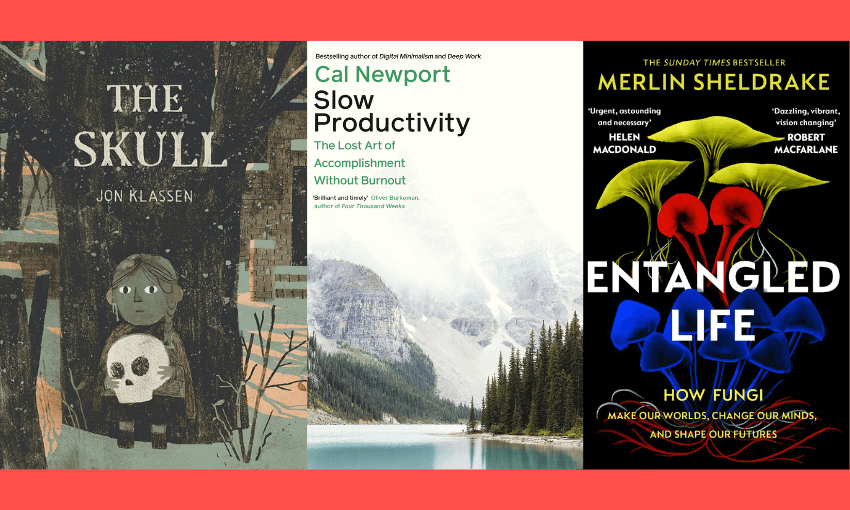
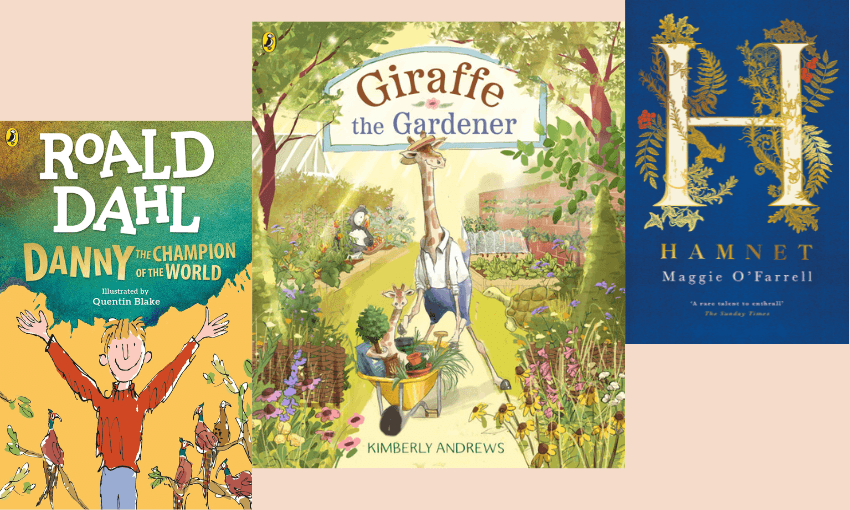

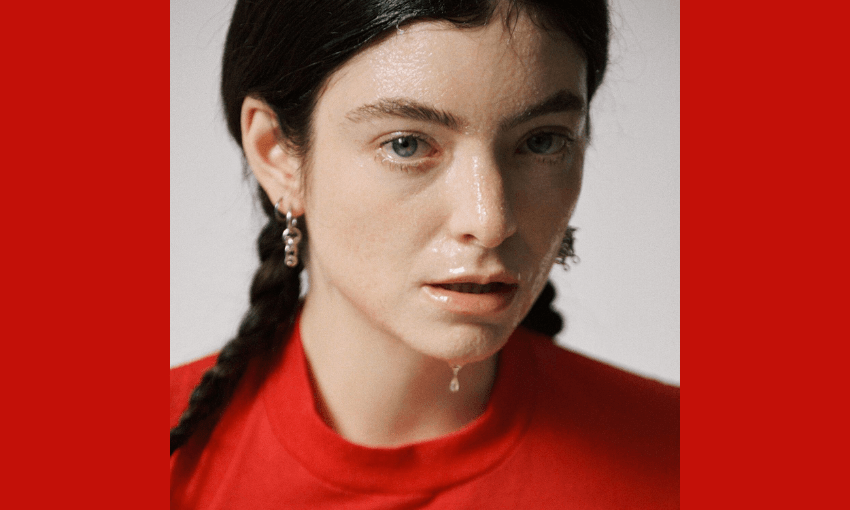
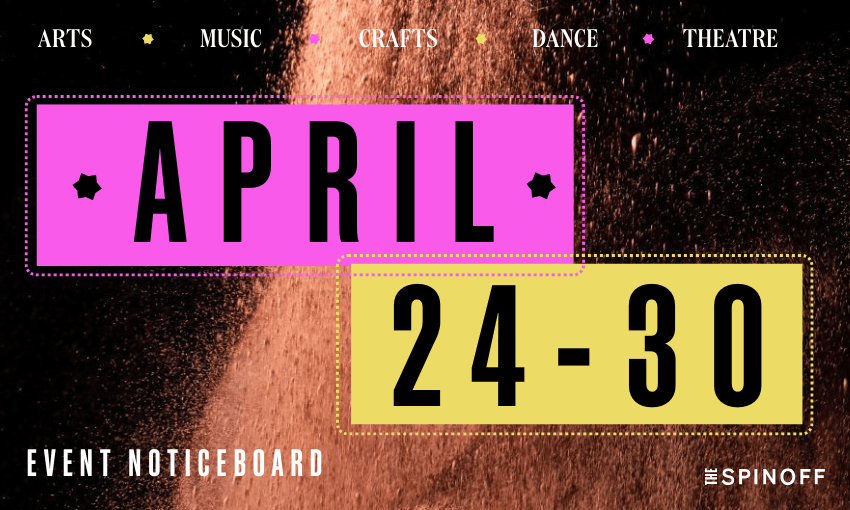






Discussion about this post